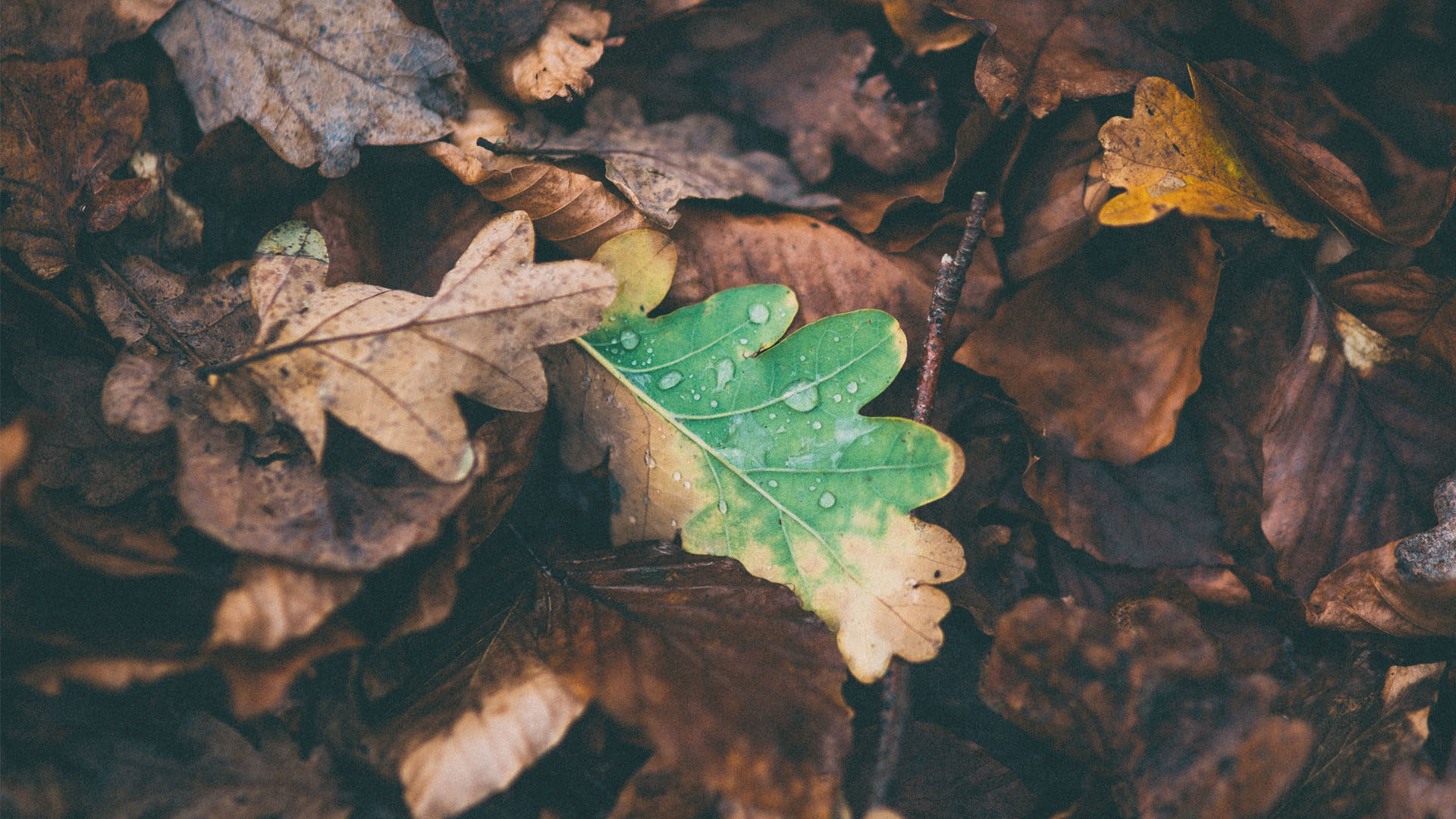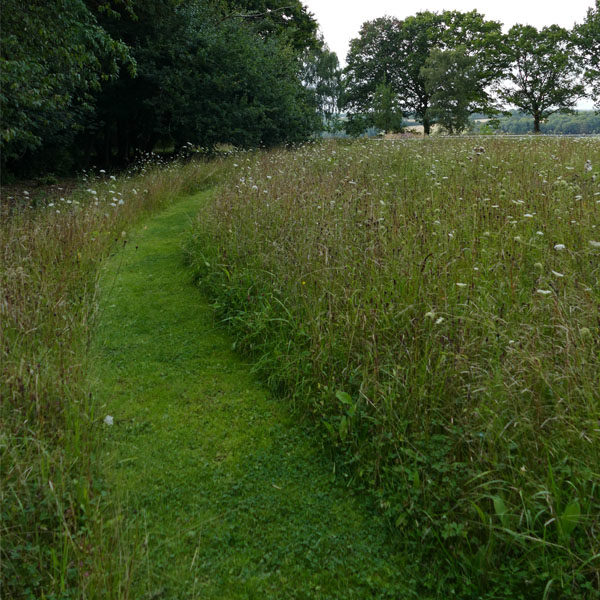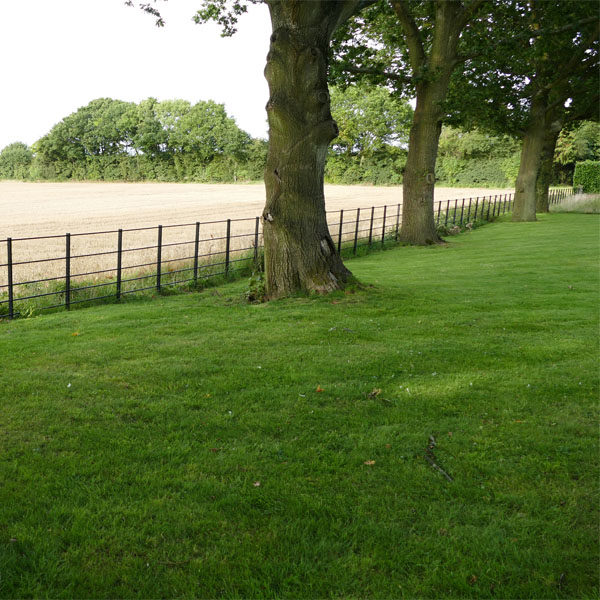
The interaction between people and place must come into play when we work with any site.
“Champion the ordinary and the everyday”. This is the entry under ‘O’, in ‘Rules for local distinctiveness’. For those of you who do not know it, this is an exploratory alphabet, a poster, a publication, packed with wisdom. it is effectively a manifesto for place-and people-centric design, produced in the 1990s by Common Ground, a conservation and environmental charity. I have rarely come across more good thinking in one place.
How about this for another entry, for ‘F’: “Take the place’s fingerprint. Forget words such as resource, site, customers and the public. Abstractions lead us astray. Think and talk about places and people.” Sometimes, in our professional over-analysis of sites, our search for the special, we overlook the natural DNA of a place. Perhaps this is because we want to appear professional, to justify our fee. We want to say to our clients: “You couldn’t do this; you couldn’t draw these diagrams and write this jargon. That’s why I’m worth every penny.” But the truth is that we are remembered for what we produce.
One final slug from ‘Rules for local distinctiveness’: “Value the common place. Our cultural landscapes are our ordinary history and everyday nature intertwined.” Much has been written about the genius loci – a place’s distinctive atmosphere. But what I love about this entry is that it goes beyond that; there is an understanding of the interaction of human activity and the rest of the natural world.
We have done a lot of work in one particular valley in Hertfordshire. It is a beautiful place – some would say unspoilt. But that misses the point, because this is a valley that has the thumbprint of several thousand years of human activity upon it. There was one site that really got me thinking about what it meant to be site specific in terms of design, and also how that related to the client.
What defined it was not so much the views (which were fantastic) or the approach through the tree-covered lane, which I also really liked, but the way the site connected to the broader landscape. It was because the valley has a rich history going back at least a couple of thousand years, that the approach through the little lane overhung with trees was so important, because the feeling one gets walking up the track is of stepping backwards to something forgotten. It was almost like a time-portal.


So how should I react to this? In landscape terms, my approach would not be to create a ‘garden’ as such. Neither would it be to try and ‘hide’ the house. In any case, in order to succeed, the architect’s design would have to strike chords with its surroundings. In the simplest terms, I would be looking at integration, but this works at a more fundamental level than a cosmetic or visual approach.
When we were standing on the site, I remarked to the client that although we were surrounded by classic English ‘countryside’, everything that we could see was a ‘man-made’ landscape. In effect, this means a balance between human activity and natural forces. Ultimately any landscape that we would create would be the same – it would seek equilibrium between human activity and nature. How this will look depends partly on the activity; lawn, vegetable gardens, orchards, pasture, hedgerows, woodland and reedbeds all occupy different positions in the tapestry of the broader landscape and represent varying inputs of activity.
The skill would be to weave different elements together into a whole that feels right, as though it has always been there. It will not be a pure expression of the site, any more than it will be a pure distillation of who the client is, but instead a manifestation of how we interact with the land. In this way, it will not only be unique, but will change as our circumstances change and with every decision that we make. I could design a landscape that would remain the same, but as ‘Rules for local distinctiveness’ says: “Our cultural landscapes are our ordinary history and everyday nature intertwined”.
[This was originally published as an article in the Garden Design Journal in February 2020 as part of the ‘Just Saying’ series.]